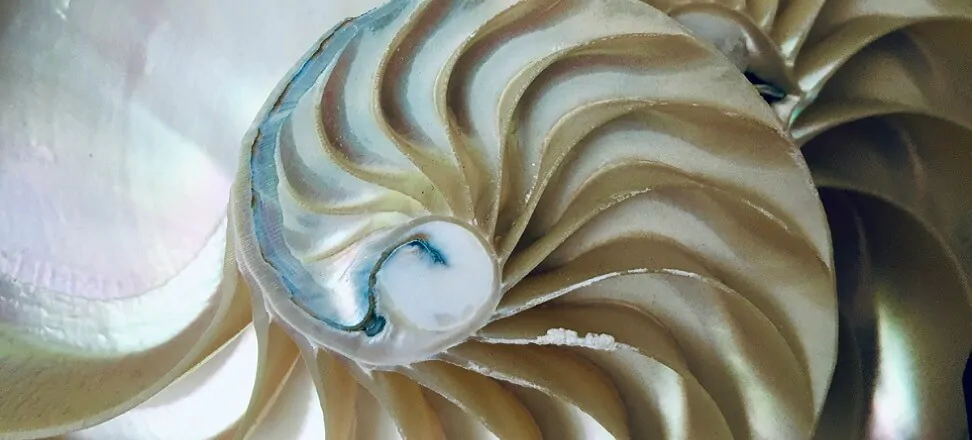Issue 14/2024, News
Shells – the architecture of nature on the beaches of the world
Shells, collected on beaches in the glare of the summer sun, have delighted people with their extraordinary beauty for centuries. These intricately crafted works of nature, while beautiful, hide secrets that even the most inquisitive scientists are still trying to decipher. What are the sources of their unique shapes? Why is there such a huge variety among shells?
What is a shell?
A shell is nothing more than a hard shell that protects the delicate tissues of mollusks. These small invertebrates form it with the help of a shell gland. First, it gives off an organic layer that forms a lightweight protein skeleton. This gives the shell strength and flexibility. Then, it slowly builds up a mineral layer formed from calcium carbonate, which the animal draws from seawater.
Calcium carbonate has two forms that differ in the stability of the compound: calcite and aragonite. Calcite is its stable form. In contrast, aragonite is metastable – it remains in its form only until certain conditions cause it to transform into calcite. Those mollusks that deposit only aragonite on the inside of the shell get its beautiful pearly sheen. They owe this to the crystalline structure of aragonite.

Formula for the formation of shells
Thanks to innovative research conducted by Oxford University applied mathematics professor Derek Moulton and his team, we have gained deeper insights into the process of shell formation. Scientists have shown that the diversity of their shapes can largely be explained by a few simple mathematical principles.
Molluscs gradually enlarge their shells, adding larger and larger compartments around the opening. The even formation of successive rings leads to the formation of a cylindrical form, while the asymmetrical addition of material results in a bagel-shaped shell, which can be further twisted into a spiral tube if the mollusk rotates the points where the gland secretes more material. However, this is not the end of related discoveries.
When do questions arise?
Explaining the formation of the irregular ribs, nodules and spikes adorning the shells may seem difficult, as these seem to escape orderly geometric rules. In fact, they are often the result of random mutations and mechanical forces that act during the formation of a limestone structure. Irregular shapes, such as slats or nodules, result from a mismatch between the growth rate of a mollusk’s soft mantle and its rigid shell. Each new layer exacerbates these changes, and the nature of the changes depends on the growth rate and stiffness of the mantle.
A sudden acceleration in secretion can cause the initial striations to develop into spikes, which can become longer and more pointed over time. However, how can this be considered accidental, when such ornamental features are characteristic of particular species? Random mutations can initiate traits that ultimately promote the survival and reproduction of a given organism, which explains why decorative growths on shells have become a common feature of many species of bivalves and snails.
Shells for special tasks
The purpose of the shell is to protect the delicate tissues of snails or clams. Since these organisms move slowly and are soft, a solid protective barrier is crucial for their survival in the face of lurking predators. Large and thick shells are an effective protection, as destroying them requires great force or special cleverness. Shells with narrow openings, and sometimes even with doors called operculums, significantly impede access to their occupant. In addition, spikes, protrusions and nodules mean that typical predator tools, such as pliers and jaws, are often insufficient to break through these defenses.
So far, scientists have managed to establish a lot of information about mollusks and their shells through observation and research, but there are still unanswered questions about the genesis of their formation. This is not surprising, given that shells are the result of the interaction of many independent factors, such as genetics, evolution, mechanics and blind chance.
Main Photo: Svetlana B./Unsplash

 Polski
Polski







